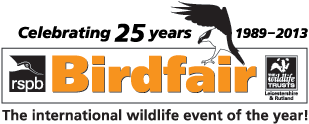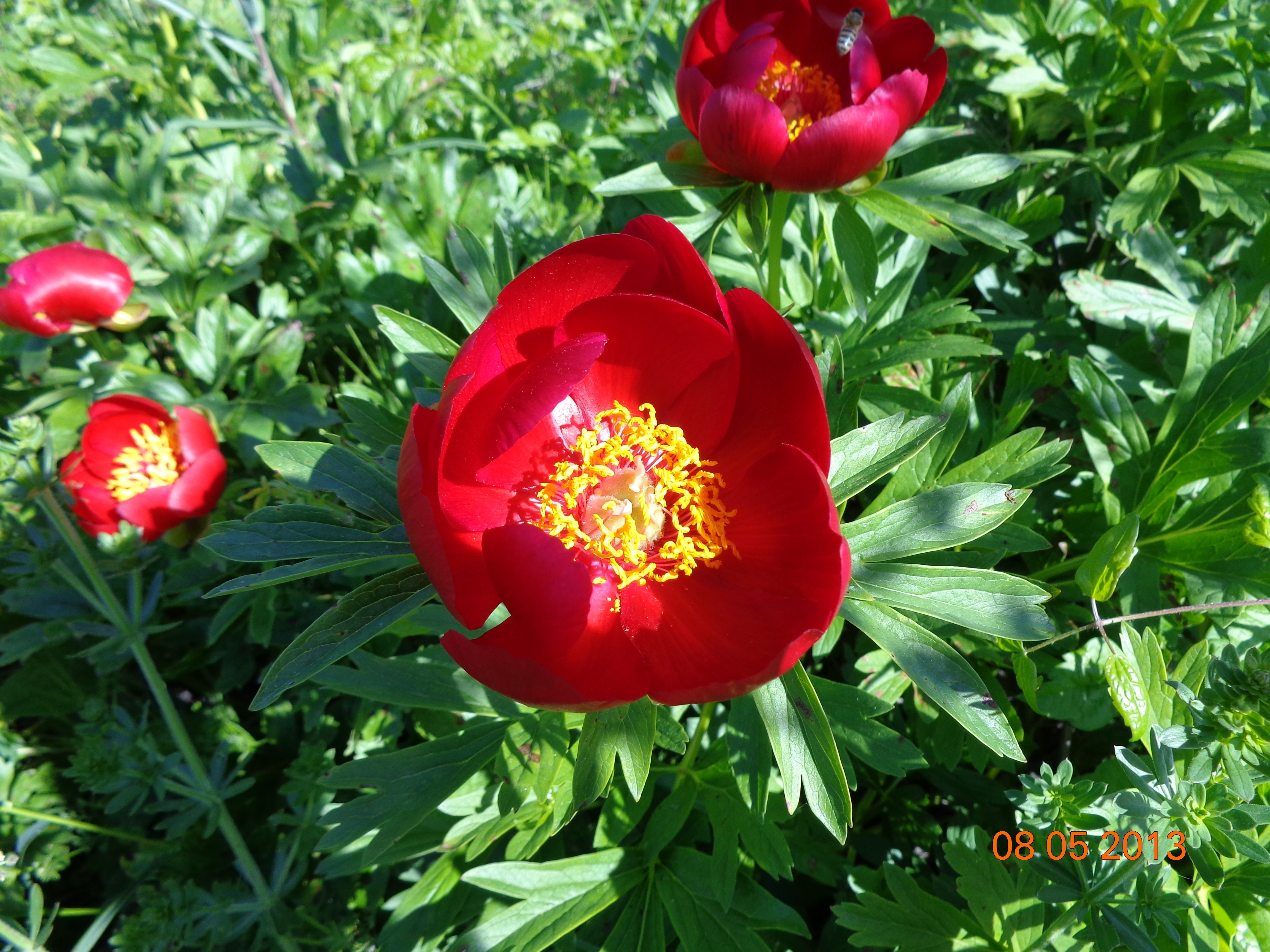 Paeonia peregrina © Pandion Wild Tours
Paeonia peregrina © Pandion Wild Tours
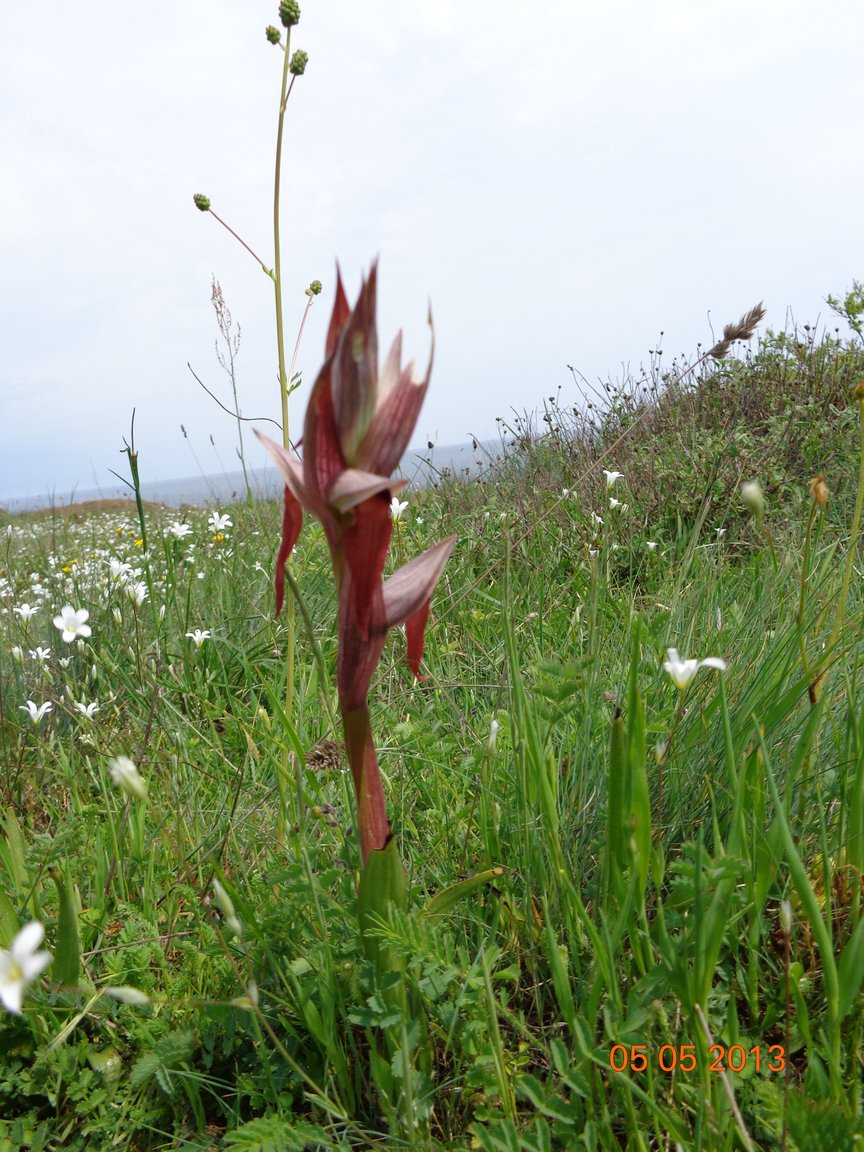 Serapias vomeracea © Pandion Wild Tours
Serapias vomeracea © Pandion Wild Tours
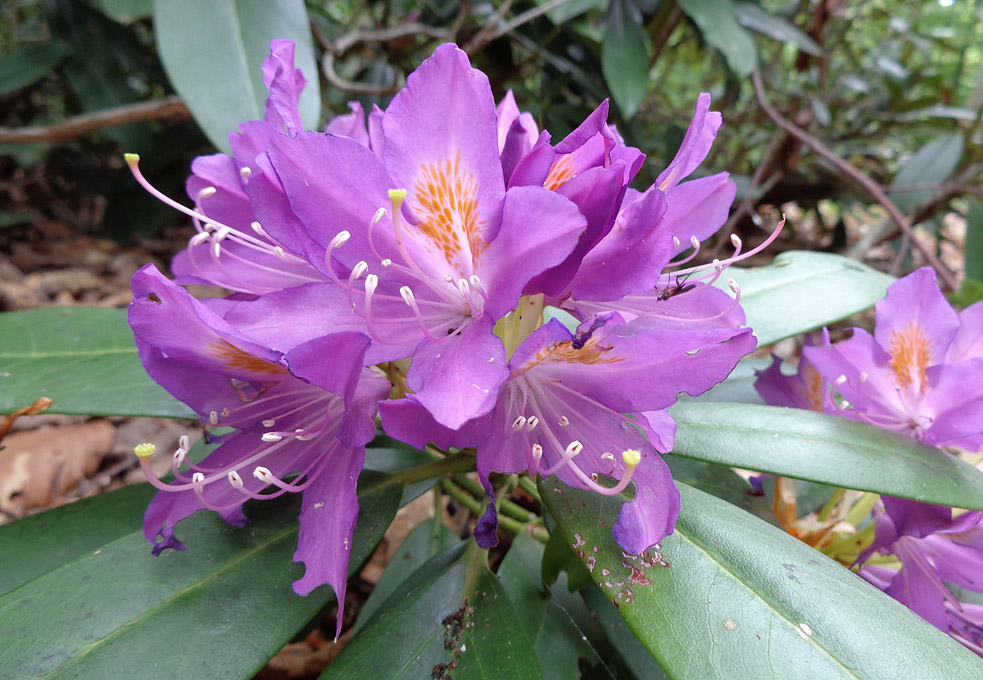 Rhododendron ponticum © Pandion Wild Tours
Rhododendron ponticum © Pandion Wild Tours
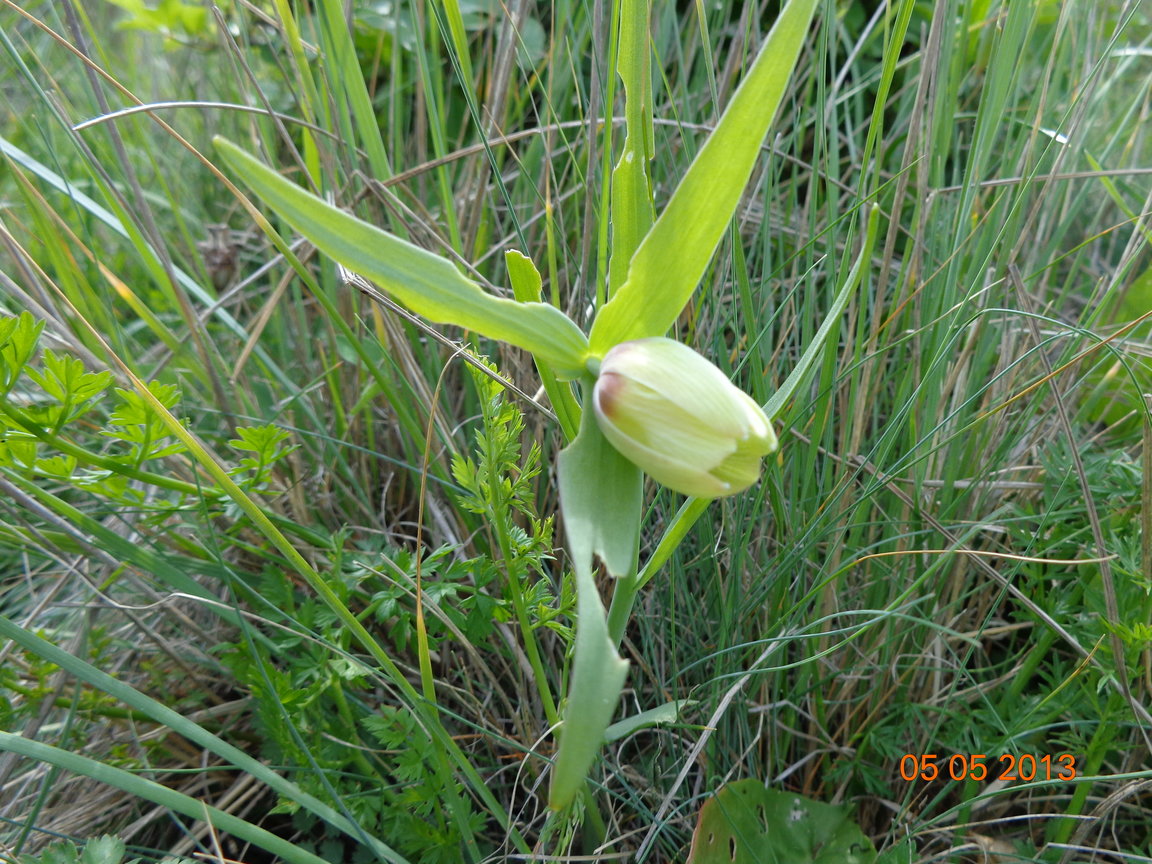 Fritillaria pontica © Pandion Wild Tours
Fritillaria pontica © Pandion Wild Tours
8 days
20 April 2026 -
27 April 2026
Day 1
Our tour begins with landing at the airport of Bourgas town and the immediate transfer to the little seaside town of Kiten. Kiten is in immediate vicinity to nature reserve of Ropotamo, which encompasses forests, sand dunes, part of the sea shore, lakes and marshes on Ropotamo riversides, the river itself in its lower reaches and its mouth where it flows into the Black Sea. This area is exceptionally rich in rare European plant and animal species. We put up at a local hotel for three nights.
Day 2
Today, we will visit the Nature Park Strandzha Mountain. Typical for this region are the oak forests, those of Orient beech and the mixed deciduous forests. All those forests have a rich undergrowth of extremely rare and interesting species like Slender False-Brome (Brachypodium sylvaticum), Sword-leaved Helleborine (Cephalanthera longifolium), Eastern Sowbred ( Cyclamen coum), Daphne pontica , Cherry laurel (Laurocerasus officinalis), Common medlar (Mespilus germanica), Primrose(Primula acaulis spp. Rosea), Strandzha’s oak (Quercus hartwissiana), Oriental Durmast (Quercus polycarpa ), Pontic Rhododendron (Rhododendron ponticum), Thracian woundwort (Stachys thracica), Oriental trachystemon, Borage (Trachystemon orientale) In the afternoon we are going to visit the sand dunes in the reserve Ropotamo where we expect to see Cionura (Cionura erecta), Dog strangling vine (Cynanchum acuta), Galilea mucronata, Yellow hornpoppy (Glaucium flavum ), European Venus' looking glass (Legousia speculum-veneris), Summer Snowflake (Leucojum aestivum ), Violet Limodore (Limodorum abortivum), Flax (Linum capitatum ), Maresia nana, Silene euxina, Thracian tulip ( Tulipa thracica (syn. hageri).
Day 3
Today, we will have a bit more walking on a rough terrain . The passage will be some 8 km long along the Black Sea rocky coast. The views are really beautiful: the blue sea with small bays on the left and the oak forests on the right. We expect to see species like Peacock anemone (Anemone pavonina), Rockrose (Cistus incanus ), Sage-Leaved Cistus (Cistus salvifolius) , Sea Kale ( Crambe maritime), Sea Holly (Eryngium maritimum), Wild Jasmine (Jasminum fruticans ), Limonium (Limononium gmelinii), Butterfly orchid (Orchis papilionaceae), Serapias (Serapias vomeraceae), Verbasum bugulifolium, Verbascum phoenicaeum.
Day 4
Today we will have ahead of us the transfer to the northern Black-sea coastal town of Kavarna. During the trip we will stop for a sight-seeing tour in the seaside town-museum of Nessebar. Originally, it was a Thracian settlement, later when ancient Greeks settled in the Balkans they took it on concession from Thracians and developed it further as a rich Black-sea town and port. Then Thracians, already called Bulgarians, took it back after the first Bulgarian state was founded. After the sightseeing is over we’ll continue with our trip to the north crossing the Balkan range which. We will have lunch in a small restaurant in the village of Goritsa. Late afternoon will arrive at the small town of Kavarna located almost on the very sea shore. Accommodation at a local hotel for three nights.
Day 5
Today, we will again make a walk along the seaside but instead of forests around us we will see low shrubs and steppe. We will visit the archaeological reserve of ‘Yaylata’. The traverse is about 4 km long almost along the very edge of the rocky coast. The area is rich of rare steppe, eastern species like Yellow Yarrow (Achylea clypeolata ), Milk-Vetch (Astragalus gladiatus), Broom (Chamaecytisus jankae), Myrtle spurge (Euphorbia myrsinites), Siberian statice (Limonium gmelinii ), Golden-flowered Onosma (Onosma taurica ), Fern leaf peony (Paeonia tenuifolia), Paeonia peregrina , Southern Scandix ( Scandix australis), False vetch (Astragalus monspessulanum), Bladder senna (Colutea arborescens), Blue hound's tongue (Cynoglossum creticum ), Peucedanum arenarium, Silene caliacrae.
Day 6
This day our walk will include a traverse of about 3-km length, from the beach of Kavarna to the village of Bozhourets in the south. We will concentrate again on steppe species of plants. We’ll hope to see species like Pontic Wormwood (Artemisia pontica), Lesser honeywort (Cerinthe minor), Silver berry (Eleagnus angustifolia ), Hyacinthella leucophaea, Matthiola odoratissima, Fern leaf peony (Paeonia tenuifolia), Stachys atherocalyx. After lunch there will be another passage (about 5-km long). We expect to see Adonis volgensis, Centaurea napulifera, Chamaecytisus jankae, Star of Betlehem (O rnithogalum comosum), Balsamic sage (Salvia tomentosa), Clary sage ( Salvia sclarea).
Day 7
Today we are going to visit the steppe areas of the nature reserve Kaliakra. The passage will be about 4-km long. At the very cape there was a settlement in ancient times, like the one we saw at the reserve ‘Yaylata’. In antiquity, it was the capital of the ancient local lord Dobrotitsa. We will expect to see species like Bellevalia sarmatica, Chamecytisus jankae, Goniolimom besserianum. Haplophyllum suaveolens, Iris pumila, Jurinea ledeborii, Jurinea stoechadifolia, Eastern skullcap ( Scutellaria orientalis ssp. Pinnatifida), Silene caliacrae, Feather grass (Stipa capilata).
Day 8
After breakfast we may make the last observations in the area depending on the spare time at our disposal, before the transfer to the city of Bourgas where out tour started and now comes to an end.
8 days
20 April 2026 -
27 April 2026
Bulgaria is one of the European countries, where the greatest number of species of fern-like (Pteridophyta) and seed plants (Spermatophyta) occur: they total about 4100. Of these, 444 species are endemic: 270 are Balkan endemics, and 174 are Bulgarian endemics. The rare and threatened by extinction species listed in the National Red List are 801. A great number of wild plants of high decorative value like irises, peonies, tulips, lilies, carnations, campanulas, centauries, saxifrages, orchids occur also in the country. About 2000 species occur in habitats along the Black Sea coast. A number of new for the science species bearing the names of Bulgarian countryside areas, mountains or researchers like the Orpheus Flower (Haberlea rhodopensis, Strandzha Mountain Soapwort (Saponaria strandjensis). The lovers of Orchids can see more than 65 species. The varied environmental conditions in the country are a prerequisite for the presence of a great number of varied habitats as well as of unique for Europe or endemic for the Balkans plant communities, for instance those of the Common or Pontic Rhododendron (Rhododendron ponticum) in the forests of Oriental Beech (Fagus orientalis).
Languages
English
Group size
5 - 15
Individual tour
1 - 4
Weather
During the indicated period , the weather might be changing very much. The ambient temperature may vary between 7-8 degrees C and around 15-20 degrees C.
Clothing
Suitable for the prevailing weather conditions: pullovers and trousers, raincoats, gloves and caps; it might prove we will also need sunglasses. Good shoes, stable and convenient for walking are also very important
Walking
7-8 km per day.
available20 April 2026 - 27 April 2026
Land only price
€1,200.00
Single room supplement
€150.00
Deposit
€150.00
Individuals
€1,400.00
Additional price info
Payment may be made in all convertible currencies at the Euro exchange rate for the day of payment. The prices include : All the ground transport, FB – full board with packed lunches, where is necessary, accommodation in hotels and guest houses. English speaking guide, All the taxes for reserves. The prices don’t include : Insurance, drinks, and all the items of personal nature



